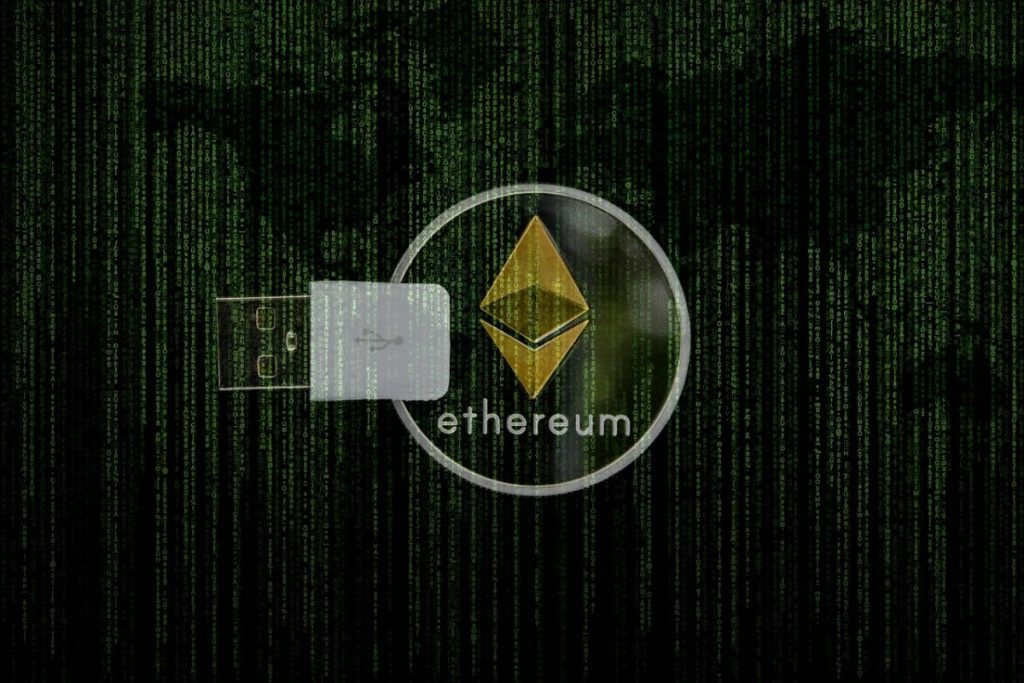Is the Ethereum community practising what it preaches?

The cryptocurrency market has for long tried to emerge as a savior from the web of complicated and somewhat flawed, traditional financial systems. Alas, the system that was supposed to lead by example by pushing forth a decentralized and open alternative hasn’t always convinced, with some crypto-users picking and choosing the moments to follow these values. The same was underlined during the debate on Ethereum’s circulating supply, especially after the results of the circulating supply calculated through different scripts produced varying results.
CoinMetrics’ Lucas Nuzzi called it “cognitive dissonance,” when the crypto-community or a part of it, blindly defends the flaw highlighted by the debate. Simply put, in the context of the crypto-community, it’s when proponents fail to uphold the central tenets of the ecosystem, in an effort to defend their project at all costs.
Focusing on Ethereum’s “difficult to calculate” circulating supply, Nuzzi noted that since Ethereum blocks are appended to its blockchain every ~15 seconds through uncle blocks, the process of calculation itself is very tedious.
Apart from these blocks, the smart contracts that have added to the growth of Ethereum due to its peculiar features have also required “data providers and blockchain explorers to adopt their own methodologies to account for who owns what and when,” after which there were rounding heuristics at the discretion of the party making the calculation. All of these features, he said, pointed to difficult calculations.
That may be so, but what does this imply? What does the lack of consensus highlight? Perhaps more importantly, what does the community’s reaction to people asking questions suggest? Well, a number of things, but perhaps nothing is more paramount than what it might mean for the network’s security.
Bitcoin, despite being as old as the industry itself, has experienced a couple of inflation bugs in its short history. Since Ethereum lacks a standardized RPC routine to audit its supply and its clients are not infallible, any potentially catastrophic bugs will become difficult to find. This becomes even more difficult when the Ethereum community reacts as it did.
Any security threat to the network has the potential to cause major damage by not only hindering the intrinsic value of Ethereum, but by disrupting the ecosystem too.
With the market entering a bullish phase, Nuzzi went on to advise users to approach their local Geth maintainer to prioritize building an RPC subroutine that uses a single methodology to calculate ETH supply, an effort towards maintaining the transparent and open ethos of crypto, while also preventing it from being at the end of an exploit.






